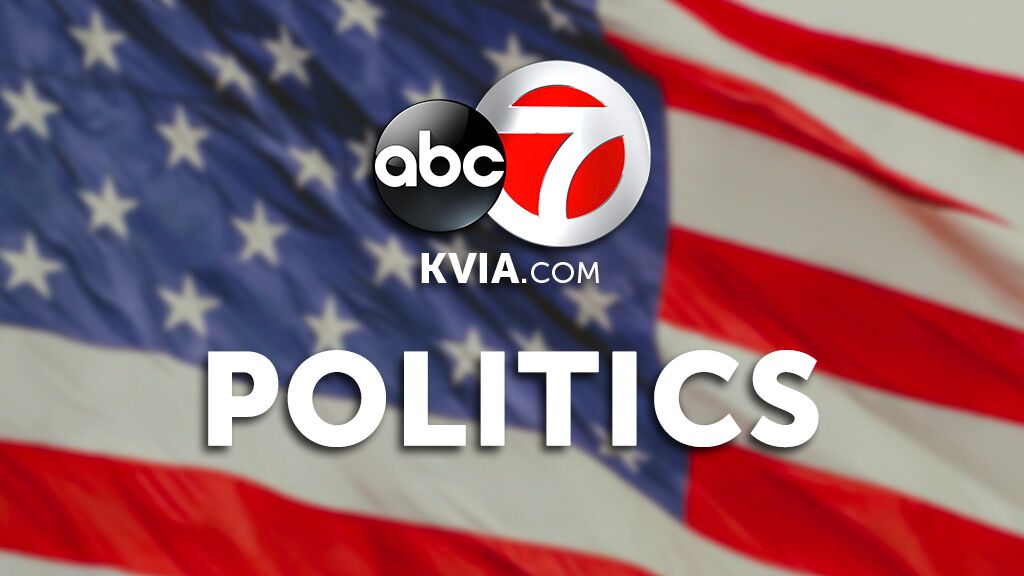Trump’s hospital price transparency rule is now in effect. Here’s what that means.

Hospitals now have to disclose the rates they privately negotiate with insurers under a Trump administration rule that took effect Friday.
While President Donald Trump has boasted that the historic measure will save patients money, health policy experts aren’t so sure. And hospitals, which unsuccessfully fought the rule in court, say it’s an extra burden on them while they are battling the coronavirus.
The effort stems from an executive order Trump issued in 2019. The administration argues that such price transparency will allow patients to shop for lower-priced medical services and help reduce health care costs overall — one of the President’s main promises during his campaigns and while in office.
“Transparency in medical pricing will be one of the biggest and most important things done for the American citizen,” Trump said in a tweet Saturday. “Enjoy all the extra money you will have.”
The rule, which applies to about 6,000 hospitals, also requires them to provide in an online, searchable way the rates for 300 common services, such as X-rays, outpatient visits, Cesarean deliveries and lab tests. In addition, hospitals must disclose the amount they are willing to accept in cash.
Hospitals that don’t comply will face a civil penalty of up to $300 a day. The Centers for Medicare and Medicaid Services said it will start auditing hospitals this month.
Rule may mean more confusion for consumers
However, the industry argues that the disclosure could actually confuse patients, rather than inform them. It does not tell consumers what out-of-pocket charges they may face since the posted rates don’t account for a patient’s personal deductible or copay requirements.
The American Hospital Association last month wrote to the Joe Biden transition team asking the incoming administration to exercise discretion in enforcing compliance with the rule and to evaluate whether it should be rescinded.
“Whichever way that issue is resolved in consultation with your administration, now is not the time to heap these requirements on hospitals that need to keep their focus and resources devoted to caring for patients and administering vaccines,” wrote Richard Pollack, the association’s chief executive officer.
Some health policy experts doubt the rule will reduce costs or save patients’ money. The theory is that patients will visit the hospital websites and choose lower-priced options, which will lead to competition in the US health care system and drive prices down.
“To date, the evidence is that that does not work,” said Ateev Mehrotra, an associate professor of health policy at Harvard Medical School who has studied price transparency efforts.
When insurers have provided pricing tools — with more personalized cost information — few people have used them.
Also, it will likely be difficult for consumers to use hospitals’ pricing lists since there can be multiple medical codes involved for each service, such as an X-ray or MRI, he said.
Insurers must disclose out-of-pocket costs in 2023
A separate rule, which was made final in October and takes effect in 2023, requires insurers to provide an online shopping tool that allows consumers to see negotiated rates with providers and gives them estimates of their out-of-pocket costs for 500 of common shoppable items and services.
The following year, insurers must show all remaining procedures, drugs and other items.
This measure was prompted by feedback that consumers are more interested in what they are on the hook for based on their insurance plans’ deductibles and copays.
